Everyone knows that ancient China had an “obsessed” emperor who dreamed of immortality. He tried every method but to no avail. His imperial physicians made efforts to concoct elixirs and pills, but no medicine could halt the effects of time on his body. He even dispatched a general across the eastern seas to seek a legendary potion of eternal life. However, the general never returned, and the mission became hopeless.
Thus, Qin Shi Huang, the first Emperor of China in the third century BCE, began preparing for an eternal existence. He decided he would continue to rule his empire from the afterlife, and his underground tomb would become a palace, complete with his own colossal army of clay soldiers.
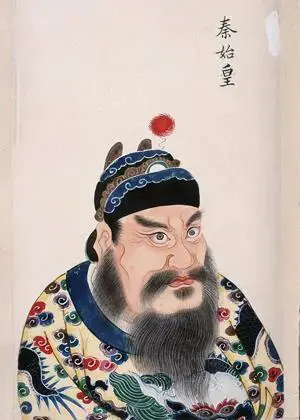
These terracotta warriors remained hidden for two thousand years beneath the sandy soil, a few miles northeast of the Emperor’s burial site on Mount Li, near Xi’an in Shaanxi province, central China. The army was discovered by farmers digging a well in 1974, and Chinese archaeologists were astonished when the number of unearthed terracotta figures reached at least 8,000. The statues were once brightly painted and equipped with clay horses and wooden chariots.

Further excavations revealed the extent of the emperor’s mausoleum, with palaces, stables, and grand halls. It also included clay statues of officials, servants, and life-sized bronze animals. This account was documented by the historian Sima Qian during the Han Dynasty in the second century BCE. He reported that 700,000 people participated in constructing the tomb, and considering the vast scale uncovered by future generations and the remaining mysteries of the mausoleum, it is clear he was not exaggerating.
Deadly Mystery
The mysteries within the tomb remain largely unexplored as the main burial chamber is still sealed. The most intriguing detail, as recounted by Sima Qian, states: “Hundreds of rivers were created from mercury, with the Yellow River, the Yangtze River, and the seas simulated as they truly are.”
In the 1980s, Chinese researchers discovered that the soil in the burial mound above the tomb contained mercury levels significantly higher than elsewhere. Currently, some archaeologists working at the site believe that the Emperor’s body may lie amid these massive rivers of liquid metal.
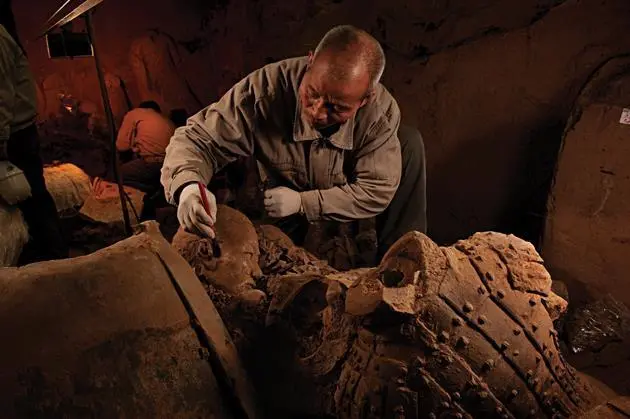
However, Duan Qingbo, an archaeologist at Northwest University in Xi’an who led the tomb excavation from 1998 to 2008, said, “We currently have no plans to open the chambers.” The reason given is that archaeologists do not want to disrupt the underground structure of the tomb. Many traps may also await those who first enter after more than 2,000 years.
The Secret of mercury
The first detailed study of mercury levels in the tomb was conducted in the early 1980s. Researchers from the Institute of Geophysical and Geochemical Exploration of the Chinese Academy of Environmental Monitoring collected and analyzed samples from the center of the mound. The analysis results estimated that the burial chamber of Emperor Qin Shi Huang might contain up to approximately 100 tons of mercury.
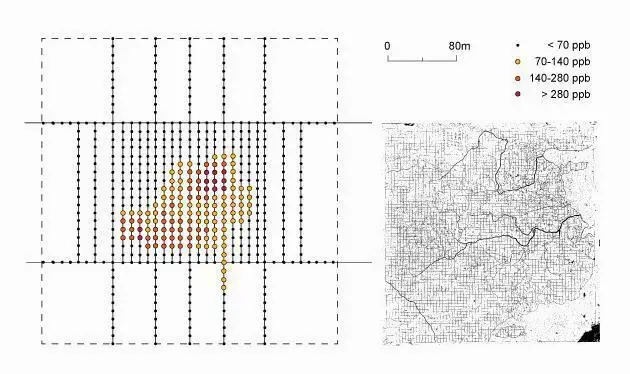
From samples in the previous study, a preliminary map of the mercury distribution could be created. Duan Qingbo said, “The northwest corner of the tomb has no mercury, while the highest levels are in the northeast and the second highest in the south.” Coincidentally, this distribution matches the locations of the two great rivers of China, the Yellow River and the Yangtze River, from the Qin capital of Xianyang, near modern Xi’an. In other words, the tomb is a replica of the Qin king’s territory and is covered with mercury.
The Elixir of Immortality
Mercury also had other uses, especially in alchemy, which originated in ancient China. In the West, this art was often associated with attempts to transmute base metals into gold, and some Chinese alchemists tried this as well. In 144 BCE, Han Emperor Jing of the Han Dynasty ordered the execution of anyone making fake gold. Chinese alchemy was more oriented toward medical uses, particularly in concocting elixirs for immortality.
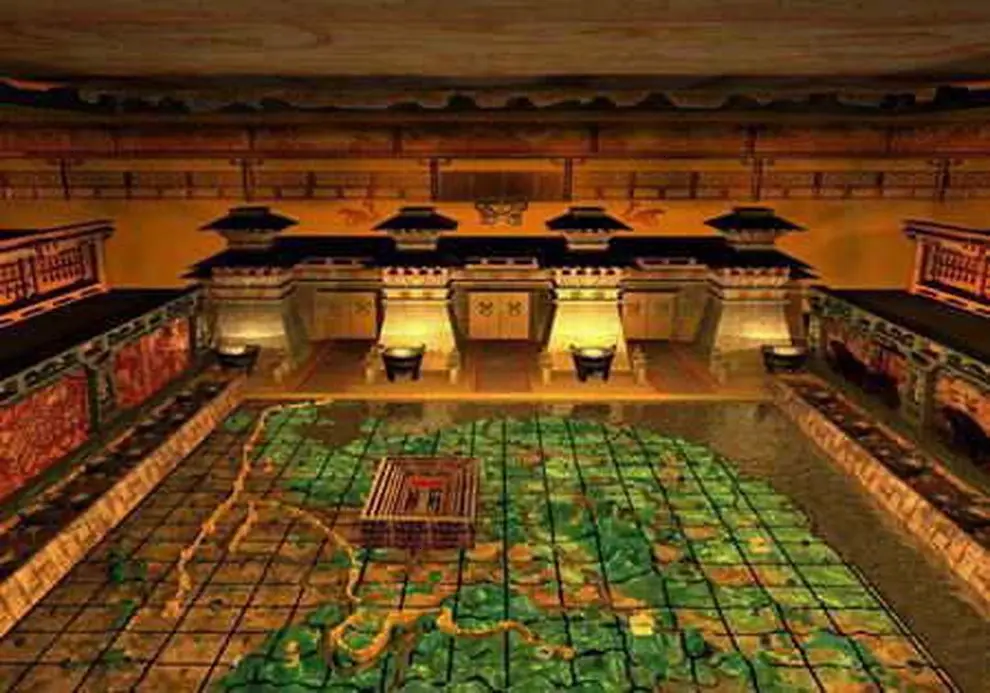
And perhaps mercury (in Chinese, “yin yang,” literally “liquid silver”) is the key to these elixirs. In fact, in ancient China, the primary source of this deadly liquid metal was cinnabar (HgS) and was commonly referred to as “chu sha.” Chinese legend tells of a man named Huang An who lived at least 10,000 years by consuming mercury sulfide (cinnabar). Emperor Qin also drank wine and honey filled with cinnabar, thinking it would prolong his life. Some speculate that he may have died suddenly due to using these “medicines.”
During the Warring States period, mercury was a common ingredient in medications for treating infected sores, scabies, fungal infections, and even as a sedative. Because of its bright red color, cinnabar was also used for art and decoration in China as early as the second millennium BCE.
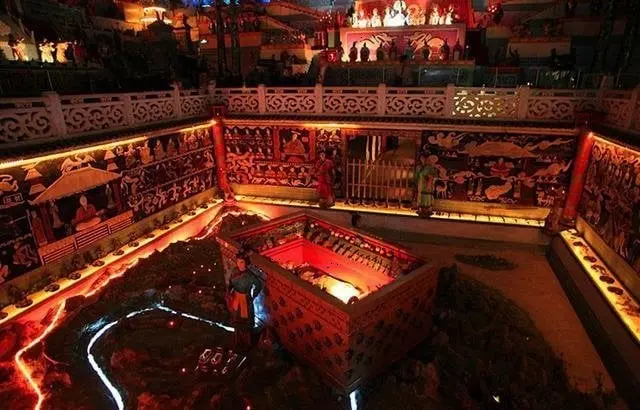
Obtaining Mercury
Throughout antiquity, cinnabar was the source of all mercury. China possessed substantial deposits of this mineral, especially in the west. Shaanxi alone contained nearly one-fifth of the country’s cinnabar reserves, with ancient mines in Xunyang City in the southern part of the province. This was the mercury source for the tomb of China’s first Emperor.
To extract mercury from cinnabar, one simply needs to heat it in the air, converting sulfur to sulfur dioxide while mercury is released as vapor and can then be condensed. Since mercury boils at 357°C, this process required high temperatures in the kilns of the Qin era. Naturally, those following this method risked mercury poisoning and severe health damage.
Although Zhang proves “the people of Qin had some basic chemical knowledge,” Duan argues that Chinese alchemy was still in its infancy during that period. Particularly, there is no concrete evidence that soaking a dead body in mercury could prevent decomposition, a belief prevalent at that time. But the reason for placing mercury there remains unclear. Some speculate the ancients used its toxicity to deter tomb robbers. However, this hypothesis is dismissed since people only realized the dangers of mercury fumes by the Han period. Therefore, with about 100 tons of mercury in the burial chamber, it was neither a preservative nor an anti-tomb-robbing measure.
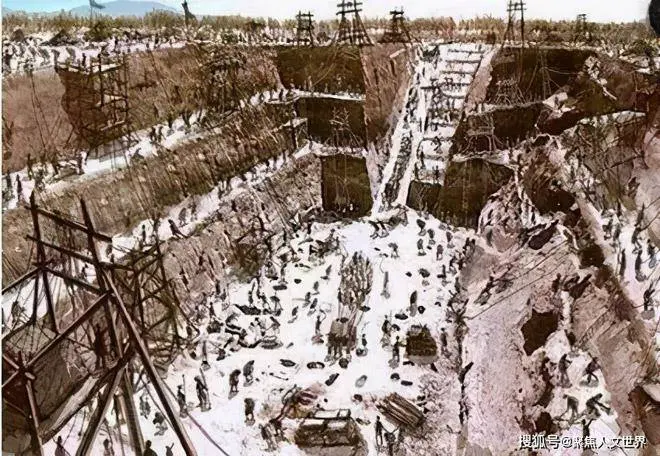
“We may never understand this. Currently, our archaeological work is focused on the basic layout of the tomb,” Duan said. Because if water or air gets in, it could damage anything inside, even using robots is ruled out. Zhang said, “If we attempt to open the chamber, even with robots or drilling, the balance will be disrupted, and the objects inside will be quickly destroyed.”
Therefore, deeper exploration requires better scientific techniques than we have today. Wu Yongqi, director of the Qin Shi Huang Mausoleum Museum, said, “I dream of a day when technology will illuminate everything buried there without affecting the sleeping Emperor and his 2,000-year-old underground empire. Perhaps preserving this unknown heritage will ensure the First Emperor a kind of immortality.”




